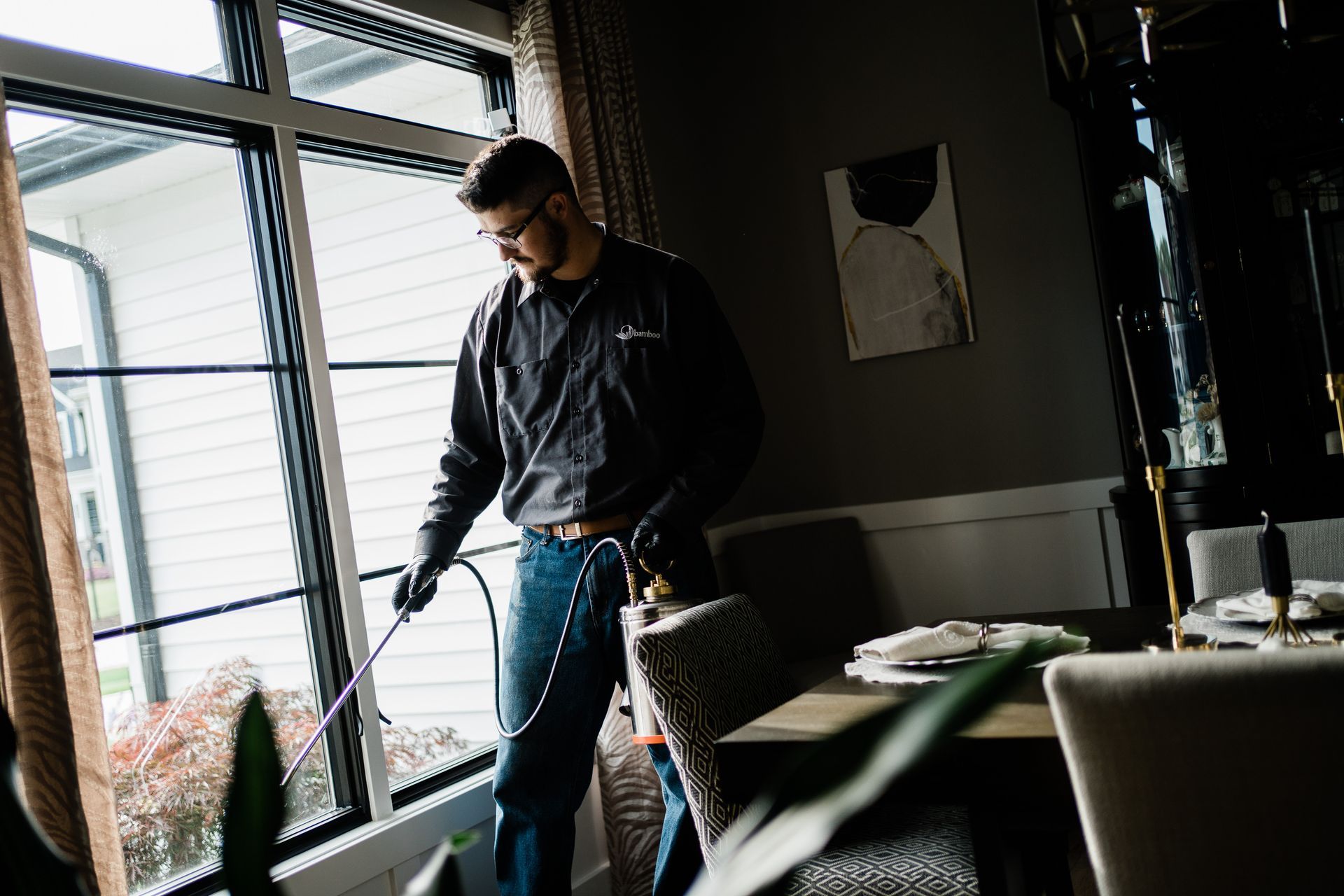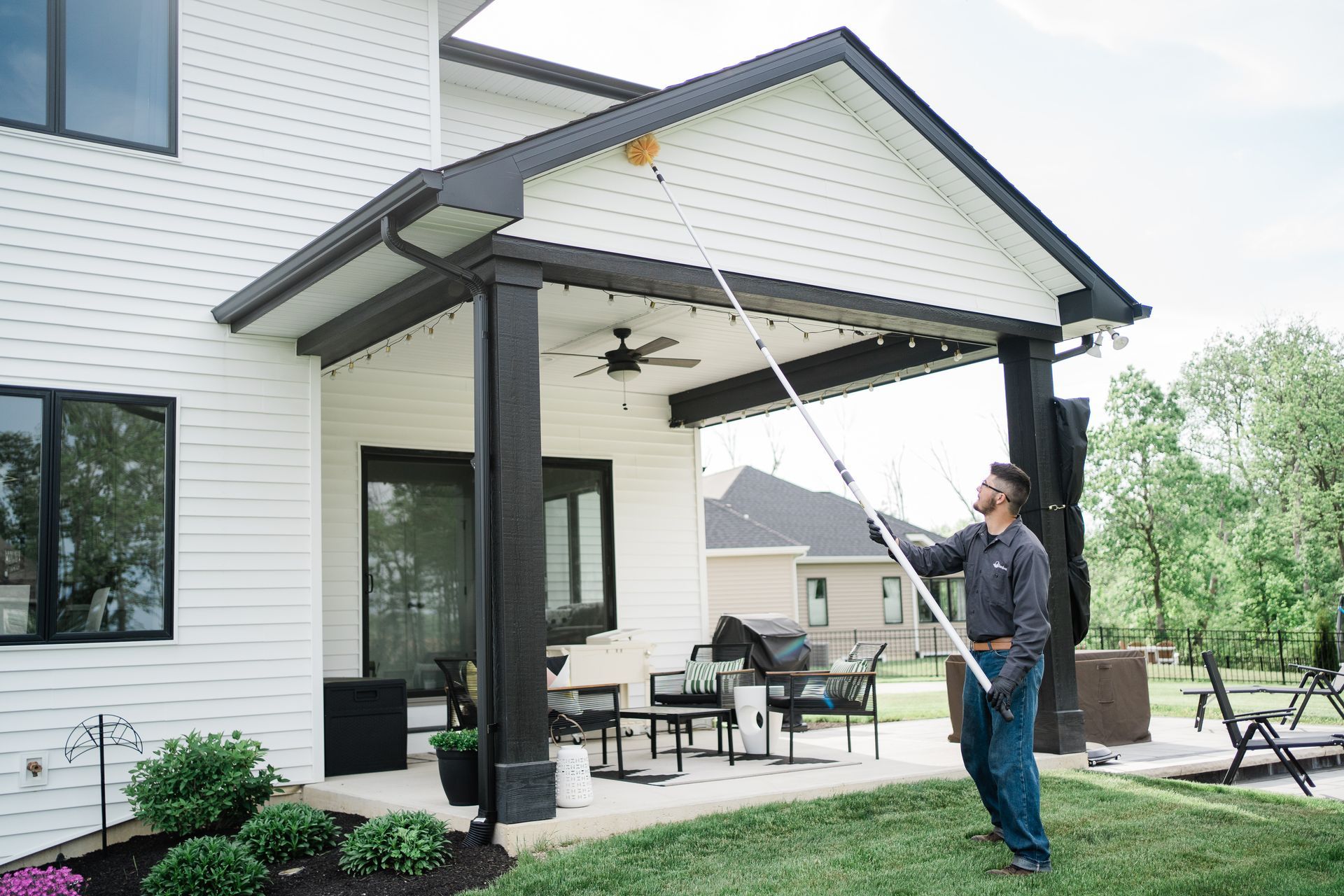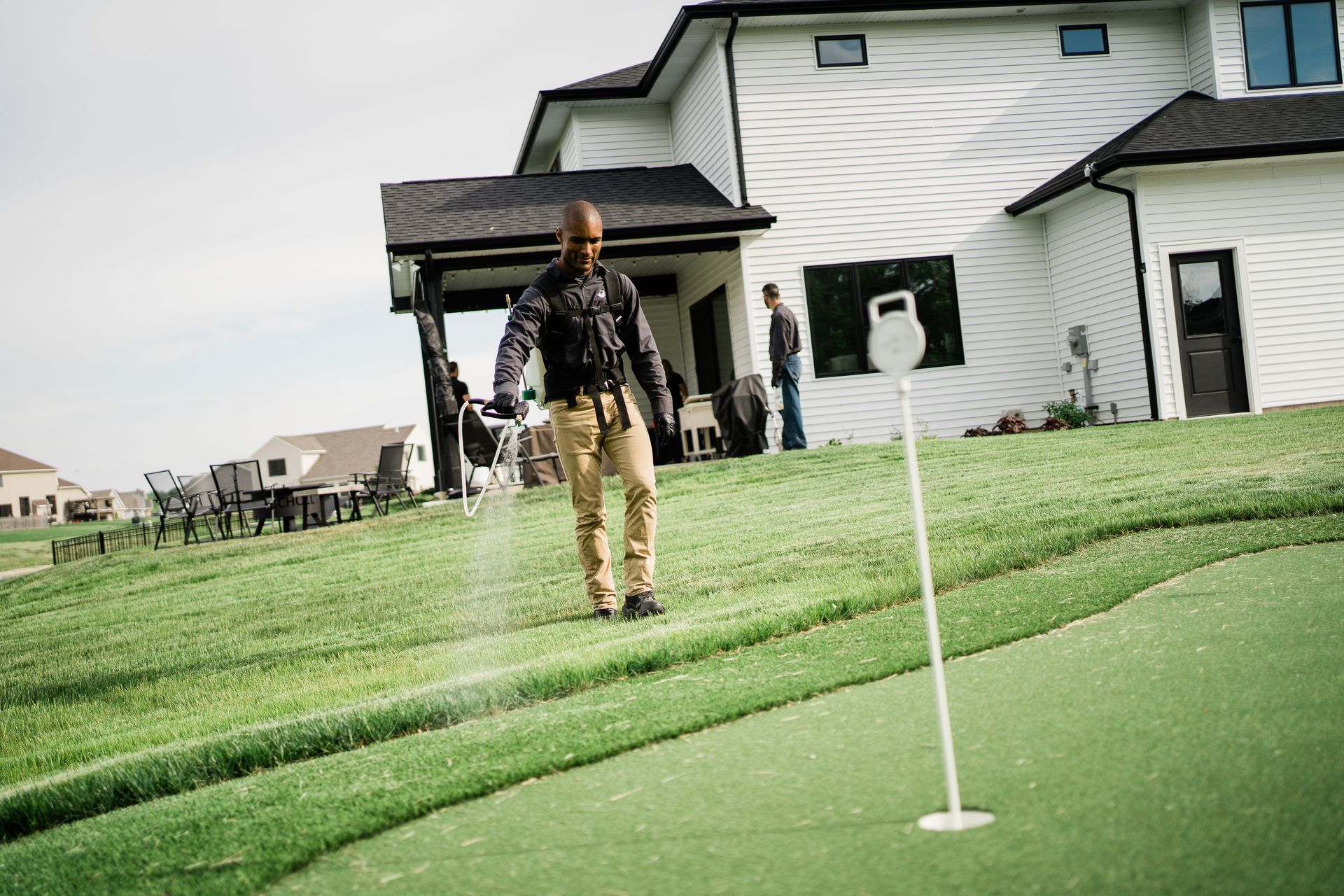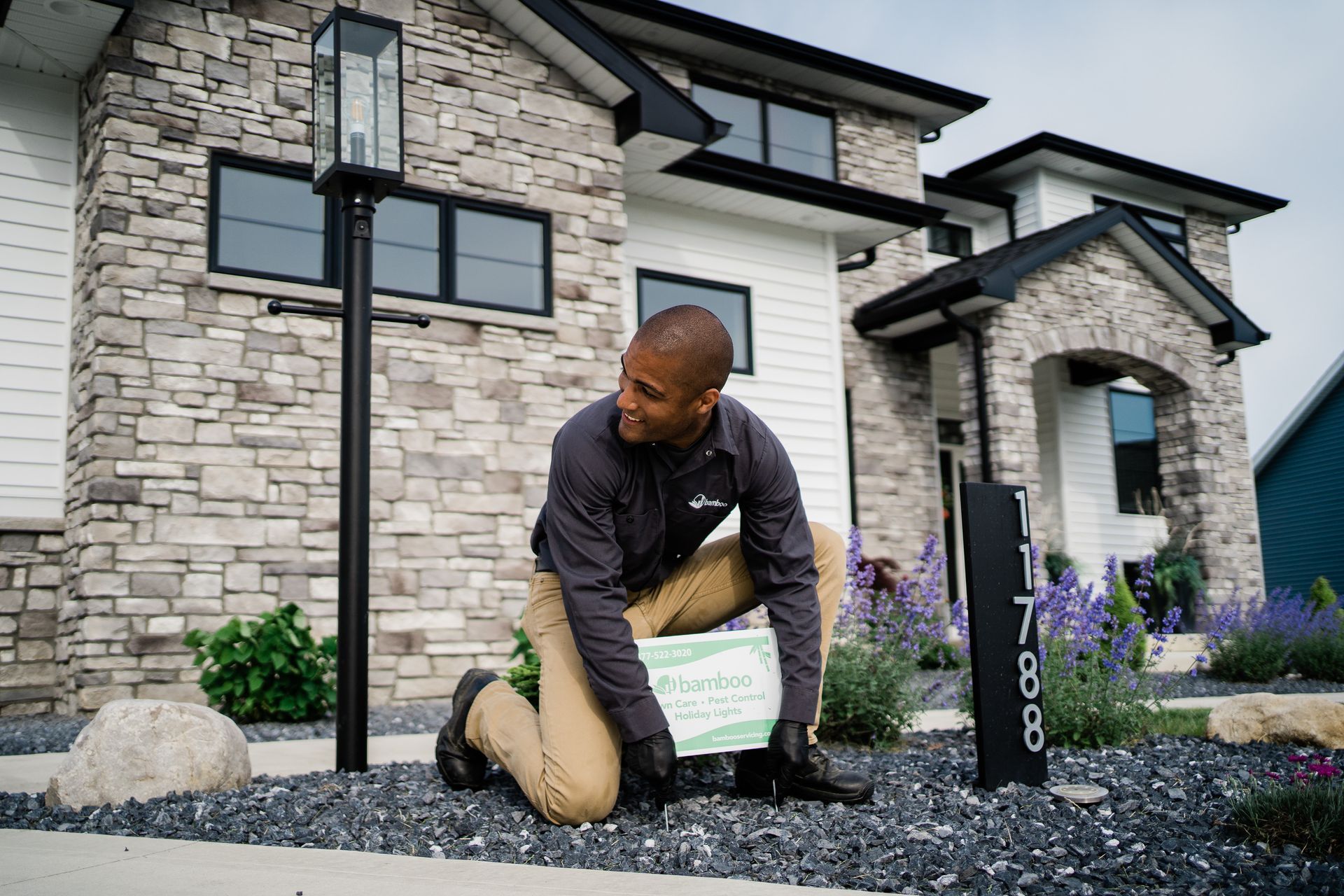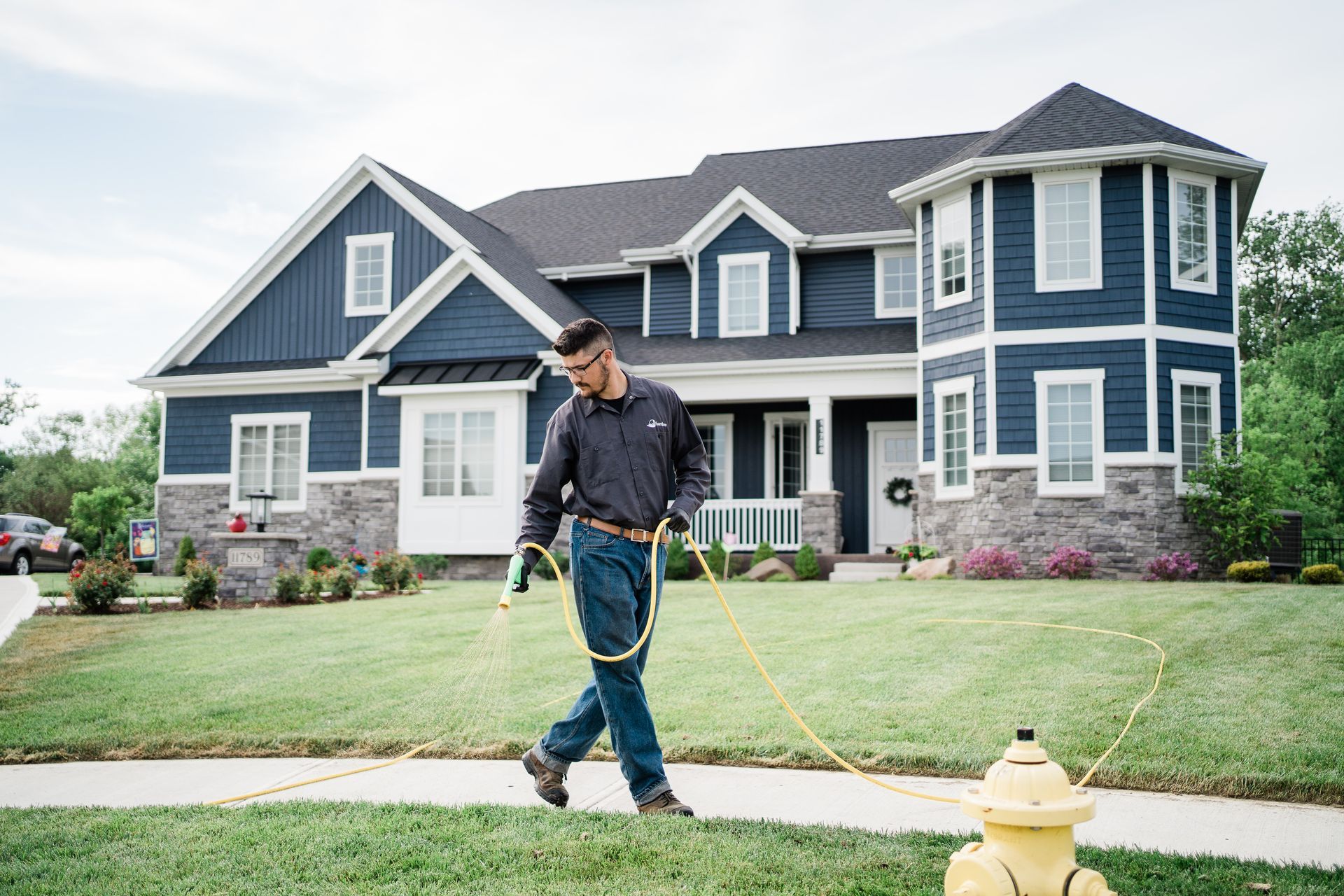How Long After Pest Control Is It Safe for Pets?
When Is It Safe for Pets to Return After Pest Control?
Pet owners understandably prioritize the health and safety of their furry, feathered, or scaly companions, especially when
pest control treatments are needed in the home. Effective pest control is essential for maintaining a safe, pest-free environment, but taking extra steps to protect your pets during and after treatment is crucial. The good news is that with modern techniques and precautions, you can keep your pets safe from exposure to potentially harmful substances.
The Basics of Pet Safety During Pest Control
Pesticides used for home pest control are carefully formulated to be low in toxicity and safe when used correctly. However, precautions must be taken to avoid direct exposure to wet applications. Pesticides are intended to eliminate insects and other pests while posing minimal risk to humans and pets when properly applied.
Key Safety Measures for Pet Owners
1. Keep Pets Away from Treated Areas:
While a pest control service is being conducted, it is critical to restrict your pets’ access to treated spaces. Dogs, cats, and other animals may inadvertently come into contact with pesticides if they roam freely before the treatment dries. For maximum safety, consider placing pets in a separate, untreated room or arranging for them to stay with a friend, family member, or at a pet daycare during the treatment.

2. Allow Surfaces to Dry Completely:
Pesticides typically dry within one to two hours after application, depending on the product and environmental conditions. Until treated areas are completely dry, pets should not walk on or lick these surfaces. Once dry, the areas become safe for pets to re-enter and resume their normal activities. If you are unsure how long the drying process will take, consult with the pest control technician for guidance.
3. Cover Fish Tanks and Cages:
Special care should be taken with fish tanks, bird cages, and reptile enclosures. Covering tanks and cages with a towel or plastic sheet can help protect these sensitive pets from any potential airborne chemicals or mist. Birds and reptiles can be especially vulnerable due to their delicate respiratory systems and porous skin, so additional precautions and veterinary guidance may be necessary.
4. Remove or Protect Pet Items:
Before pest control services begin, collect and safely store pet food bowls, water dishes, bedding, toys, and other items your pet frequently uses. Cleaning and sanitizing these items after the treatment further ensures there is no residual exposure.
Post-Treatment Considerations
Ventilate the Area:
After the pest control service is completed, open windows and doors to allow fresh air to circulate and reduce any lingering odors. This is particularly beneficial if you have pets with sensitive respiratory systems.
Monitor Your Pet’s Behavior:
While serious adverse reactions to pest control products are uncommon, it’s always wise to keep an eye on your pet after treatment. Look for signs of unusual behavior, such as drooling, lethargy, or vomiting, and consult your veterinarian immediately if you suspect any issues.
The Importance of Communication
Inform the Pest Control Technician:
Always inform the pest control professional if you have pets in your home. A reputable technician will take pet safety into consideration when selecting and applying products. Many pest control services use integrated pest management (IPM) techniques, which emphasize reducing pesticide use and targeting pests strategically to minimize risks to pets and people.
Understanding Pet-Friendly Pest Control
What Is Integrated Pest Management (IPM)?
IPM is a modern approach that combines pest prevention with careful pesticide application. Instead of routinely spraying chemicals, IPM focuses on identifying the root causes of pest problems and using targeted treatments only when necessary. This environmentally friendly method can significantly reduce the likelihood of pets coming into contact with pesticides.
Pet-Friendly Solutions:
Ask your pest control provider about the use of pet-friendly or natural pest control solutions. Many companies now offer low-impact options that are less likely to harm pets while still effectively addressing pest problems. These solutions often utilize botanical oils, baiting systems, and exclusion techniques that target pests while limiting exposure to pets.
Steps to Take If Exposure Occurs
In the unlikely event that your pet comes into contact with a pesticide, prompt action is key. Contact your veterinarian immediately and provide as much detail as possible about the product and treatment used. The ASPCA Animal Poison Control Center and the Pet Poison Helpline are valuable resources for emergency guidance.
Want To Learn More? Contact Us
Pet safety is an essential part of maintaining a pest-free home. By following recommended precautions and communicating with your pest control provider, you can protect your beloved companions from potential exposure. Keeping pets away from treated areas until they are dry, using natural pest control methods, and practicing good ventilation are just a few steps to ensure a safe environment for your entire family.
Contact our team here at Bamboo Pest Control today to learn more about our pest control services.
Our Additional Posts On Pest Control
For service call: 425-414-3646
Copyright © 2024 - Sammamish Pest Control by Bamboo All Rights Reserved

